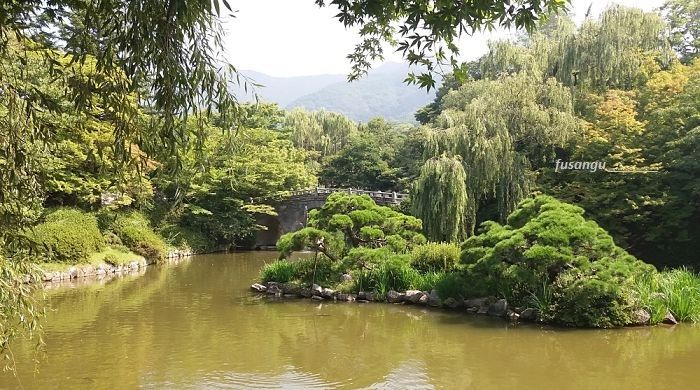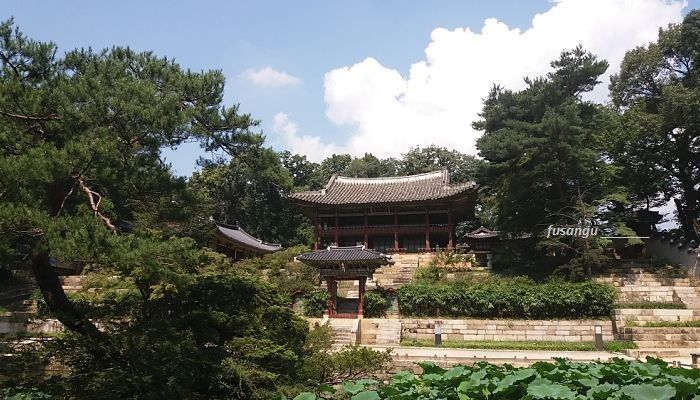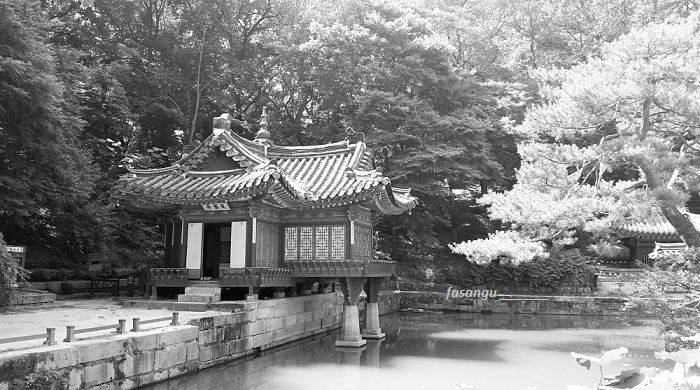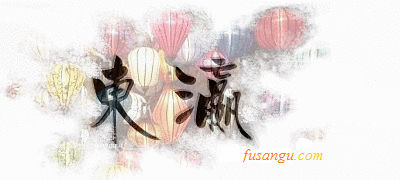
If you are interested in the ancient history of Korea, Gyeongju is a destination that you should visit at any cost. While it is best to devote to the city and its surroundings at least three days, thirty-six hours are a reasonable amount of time for a general introductory visit.
In this page we detail a programme suitable for 36-hour itinerary. Focused on the city centre, the programme is meant to help those who visit Gyeongju for the first time.
Gyeongju 1,5-day itinerary
Gyeongju is often regarded as an open air museum. During the Silla Period, the city was the capital of a powerful Korea and boasted magnificent architecture.
Similarly to what happened in Japan with Nara and Kyoto, the former capital of Korea was built following the model of Tang China’s architecture. This involved an ambitious planning that comprised monumental buildings, of exceptional dimensions and artistic value.
Traces of the former glory can be found in the numerous archaeological sites that occupy large part of the centre of modern Gyeongju. Furthermore, there are many burial sites, temples and a few remains of the traditional vernacular architecture.
With only 36 hours at your disposal, your best choice is to concentrate your visit in a very limited area, the city centre. A half-day can be devoted to a brief excursion in the surroundings. We suggest you choose among Mount Namsan and Bulguksa Temple.
Itinerary: main archaeological sites, one excursion
Gyeongju is a small town. Many of the most important archaeological sites are located within the limits of the modern city centre. It is therefore possible to reach many sites on foot. Other sites, such as the Bulguksa Temple are easily reached by bus. Buses leave from the railway stations and other places within the city centre.
|
Gyeongju 1,5-day itinerary Archaeological sites, Bulguksa Temple Evening arrival |
|
|
Where to stay |
Gyeongju, city centre |
|
Day 1 |
Destinations:
How to get around:
|
|
Day 2 (morning) |
Destinations:
How to get around:
|
Morning arrival
If you reach Gyeongju around noon, we suggest you leave your baggage at the hotel and begin your journey right away. You could follow the schedule above (by simply reversing the order of the visits) or join a tour to the historic village of Yangdong.
Other destinations:

Seoul is a vast metropolis that offers reasons for very long stays. Even as a temporary visitor could spend in Seoul more than a week without falling short of destinations and things to do.
While nowadays the city has largely a modern appearance, there is plenty of places where you immerse yourself in the serene beauty of the traditional aesthetics.
In this page we detail a programme suitable for 36-hour itinerary. Focused on the city centre, the programme is meant to help those who visit Seoul for the first time.
Seoul 1,5-day itinerary
Despite the vast destructions occurred during the conflicts that ravaged Korea in the XX century, Seoul is rich in cultural heritage and historical landmarks. Furthermore, among all East Asian large cities, Seoul is a place where you can easily find your dimension and enjoy walking around, improvise itineraries and get off the beaten tracks.
For a short visit, the city centre is the first ambit you should consider for your visit. Thanks to the outstanding system of public transportation, exceptionally efficient and convenient, all major areas of interest can be reached with simple and fast transfers. Taxis offer a very reasonable option to those who wish to simplify matters.
Itinerary: Jongno, Jung
Finding a hotel in Jongno or Jung is by far the best possible choice for such a short stay. In both areas, which constitute the centre of Seoul, you can easily find convenient mid-range hotels.
If you travel on a budget you may also consider other districts, such as Itaewon and Seodaemun. Although undoubtedly feasible, the schedule outlined below is quite tight. If you are a keen slow traveller, you may find it more comfortable to drop some points.
|
Seoul 1,5-day itinerary Jongno, Jung Evening arrival |
|
|
Where to stay |
Jongno, Jung or Itaewon |
|
Day 1 |
Destinations:
How to get around:
|
|
Day 2 (morning) |
Destinations:
How to get around:
|
Morning arrival
If you reach Seoul by noon, we suggest you leave your baggage at the hotel and begin your journey right away. You could follow the schedule above (by simply reversing the order of the visits) or devote time in the area where your hotel is located. For example, if you stay near Seoul Station, a very convenient option, you devote the afternoon to visiting Namdaemun area and Myeongdong.

Other destinations:

